Arrange the following in the decreasing order of their boiling points:
(i) n-Butyl chloride (ii) Isobutyl chloride (iii) ter-Butyl chloride.
To arrange n-Butyl chloride, Isobutyl chloride, and ter-Butyl chloride in decreasing order of their boiling points, we need to analyze the structures and the effects of branching on boiling points. Here’s a step-by-step solution:
Step 1: Identify the Structures
1. n-Butyl chloride (C4H9Cl): This has a straight-chain structure: CH3-CH2-CH2-CH2-Cl.
2. Isobutyl chloride (C4H9Cl): This has a branched structure: CH3-CH(CH3)-CH2-Cl.
3. ter-Butyl chloride (C4H9Cl): This has a more branched structure: (CH3)3C-Cl.
Step 2: Understand the Effect of Branching on Boiling Points
- Boiling point is influenced by the surface area of the molecule. More branching leads to a decrease in surface area, which in turn lowers the boiling point.
- The relationship can be summarized as follows:
- Higher Surface Area → Higher Boiling Point
- More Branching → Lower Boiling Point
Step 3: Analyze the Structures
- n-Butyl chloride has the least branching and thus the highest surface area. Therefore, it will have the highest boiling point.
- Isobutyl chloride has one branch, which reduces its surface area compared to n-Butyl chloride, leading to a lower boiling point than n-Butyl chloride but higher than ter-Butyl chloride.
- ter-Butyl chloride has the most branching, resulting in the least surface area and the lowest boiling point.
Step 4: Arrange in Decreasing Order
Based on the analysis:
1. n-Butyl chloride (highest boiling point)
2. Isobutyl chloride
3. ter-Butyl chloride (lowest boiling point)
Final Answer
The order of boiling points from highest to lowest is:
n-Butyl chloride > Isobutyl chloride > ter-Butyl chloride
---
1. n-Butyl chloride (C4H9Cl): This has a straight-chain structure: CH3-CH2-CH2-CH2-Cl.
2. Isobutyl chloride (C4H9Cl): This has a branched structure: CH3-CH(CH3)-CH2-Cl.
3. ter-Butyl chloride (C4H9Cl): This has a more branched structure: (CH3)3C-Cl.
- Boiling point is influenced by the surface area of the molecule. More branching leads to a decrease in surface area, which in turn lowers the boiling point.
- The relationship can be summarized as follows:
- Higher Surface Area → Higher Boiling Point
- More Branching → Lower Boiling Point
- n-Butyl chloride has the least branching and thus the highest surface area. Therefore, it will have the highest boiling point.
- Isobutyl chloride has one branch, which reduces its surface area compared to n-Butyl chloride, leading to a lower boiling point than n-Butyl chloride but higher than ter-Butyl chloride.
- ter-Butyl chloride has the most branching, resulting in the least surface area and the lowest boiling point.
Based on the analysis:
1. n-Butyl chloride (highest boiling point)
2. Isobutyl chloride
3. ter-Butyl chloride (lowest boiling point)
The order of boiling points from highest to lowest is:
n-Butyl chloride > Isobutyl chloride > ter-Butyl chloride
Topper's Solved these Questions
- BOOK - ICSECHAPTER - HALOALKANES AND HALOARENES EXERCISE - EXERCISE (PART - I OBJECTIVE QUESTIONS) (FILL IN THE BLANK)15videos
HALOALKANES AND HALOARENES
- BOOK - ICSECHAPTER - HALOALKANES AND HALOARENES EXERCISE - EXERCISE (PART - I OBJECTIVE QUESTIONS) (MULTIPLE CHOICE QUESTIONS)40videos
HALOALKANES AND HALOARENES
- BOOK - ICSECHAPTER - GENERAL PRINCIPLES AND PROCESSES OF ISOLATION OF ELEMENTS EXERCISE - EXERCISE (PART-I ( OBJECTIVE QUESTIONS )) (Fill in the blanks)60videos
GENERAL PRINCIPLES AND PROCESSES OF ISOLATION OF ELEMENTS
- BOOK - ICSECHAPTER - ISC QUESTION PAPEREXERCISE - PART-II(SECTION-B)74videos
ISC QUESTION PAPER
Similar Questions
Knowledge Check
- Question 1 - Select One
Arrange the following in decreasing order of their boiling points:
(I) n-Butane
(II) 2-Methylbutane,
(III) n-Pentane
(IV) 2,2-DimethylpropaneAIgtIIgtIIIgtIVBIIgtIIIgtIVgtICIVgtIIIgtIIgtIDIIIgtIIgtIVgtI
Arrange the following in the decreasing order of their boiling points:
I. C9H20 II. C8H18
III. View Solution
View SolutionArrange the following in increasing order of their
(i) Solubility and (ii) Boiling point
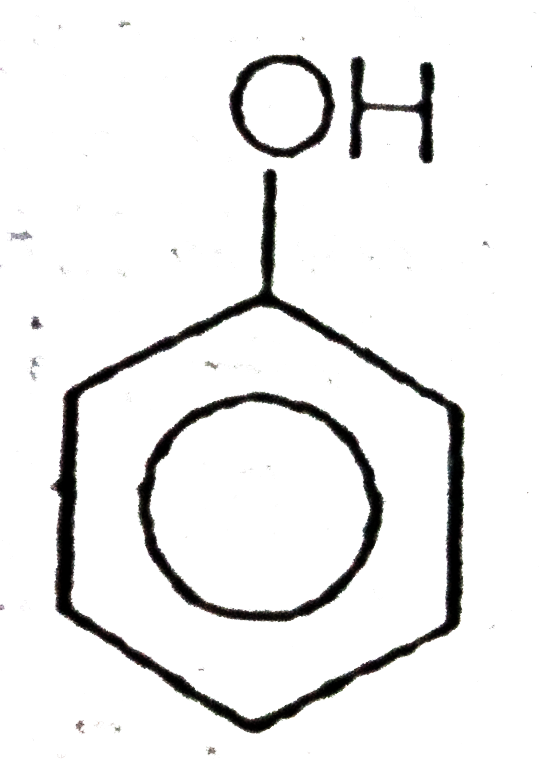
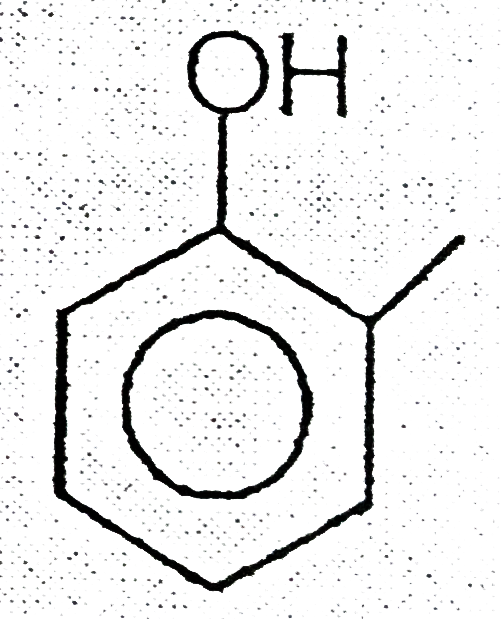
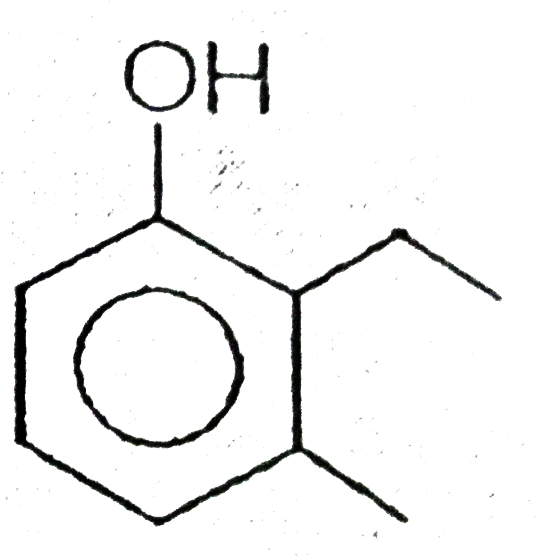
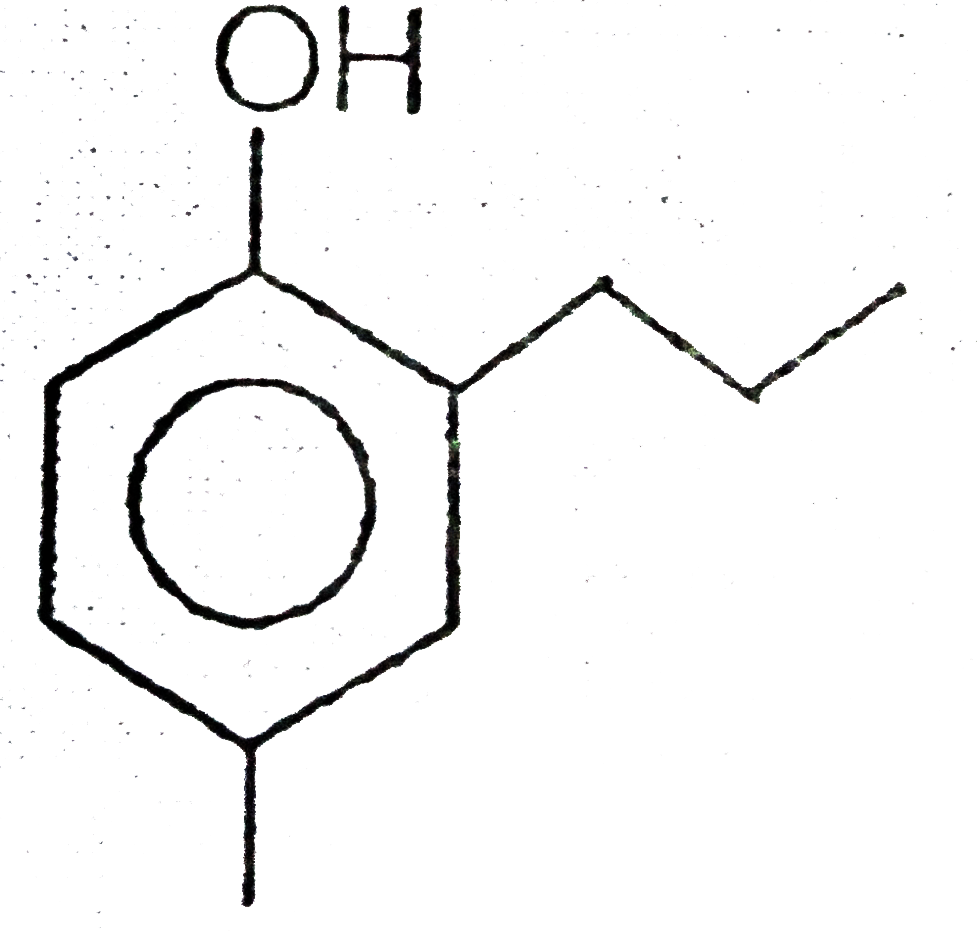 View Solution
View SolutionArrange the following in their decreasing order of Basicity.
(I)
(III)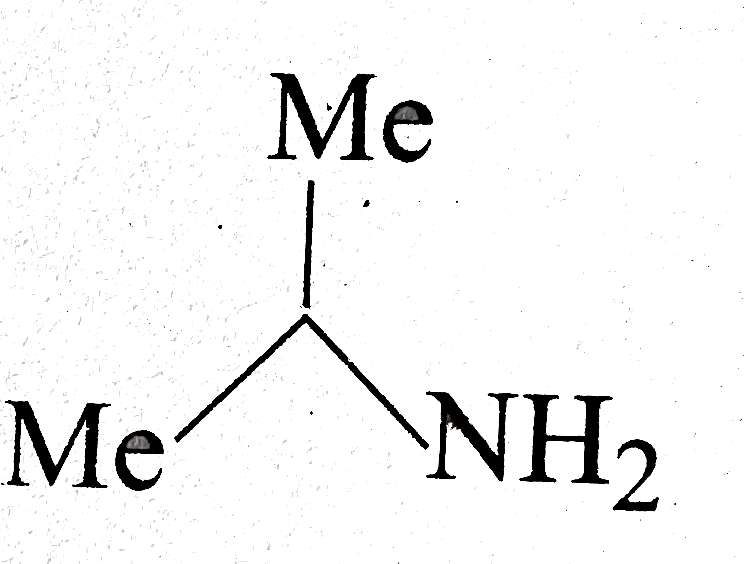
(IV) NH3.View SolutionArrange the following in the decreasing order of their melting points:
I. Decane II. Nonane
III. Octane IV. HeptaneView SolutionI. Arrange the compounds of (a) in the order of decreasing boiling points and (b) in the order of decreasing solubility in water.
(A) (1) Ethanol, (2) Propane, (3) Pentanol
(B) (1) Butane, (2) 1,2,3-Pentane triol, (3) Butyl alcohol
(C) (1) Pentane, (2) Pentanol, (3) Hexanol
II. Arrange the following in the decreasing order of their boiling points.
(A) (1) C3H8, (2) C2H5OH, (3) (CH3)2O, (4) HOH2C−−−−CH2OH
(B) (1) 3-pentanol, (2) n-Pentane, (3) 2,2-Dimethyl propanol, (4) n-Pentanol
III. Arrange the following alcohols (a) in the decreasing order of their boilling points and (b) in the decreasing order of their solubility in water.
(1) n-Butyl alcohol
(2) sec-Butyl alcohol and
(3) tert-Butyl alcohol
IV. Arrange the following compounds in the order of their increasing boiling points.
(1) CH3COC1 , (2) (CH3CO)2O , (3) CH3CONH2 , (4) CH3COOHView SolutionThe decreasing order of boiling points of the following compounds is:
(I) View Solution
View SolutionAmong the following
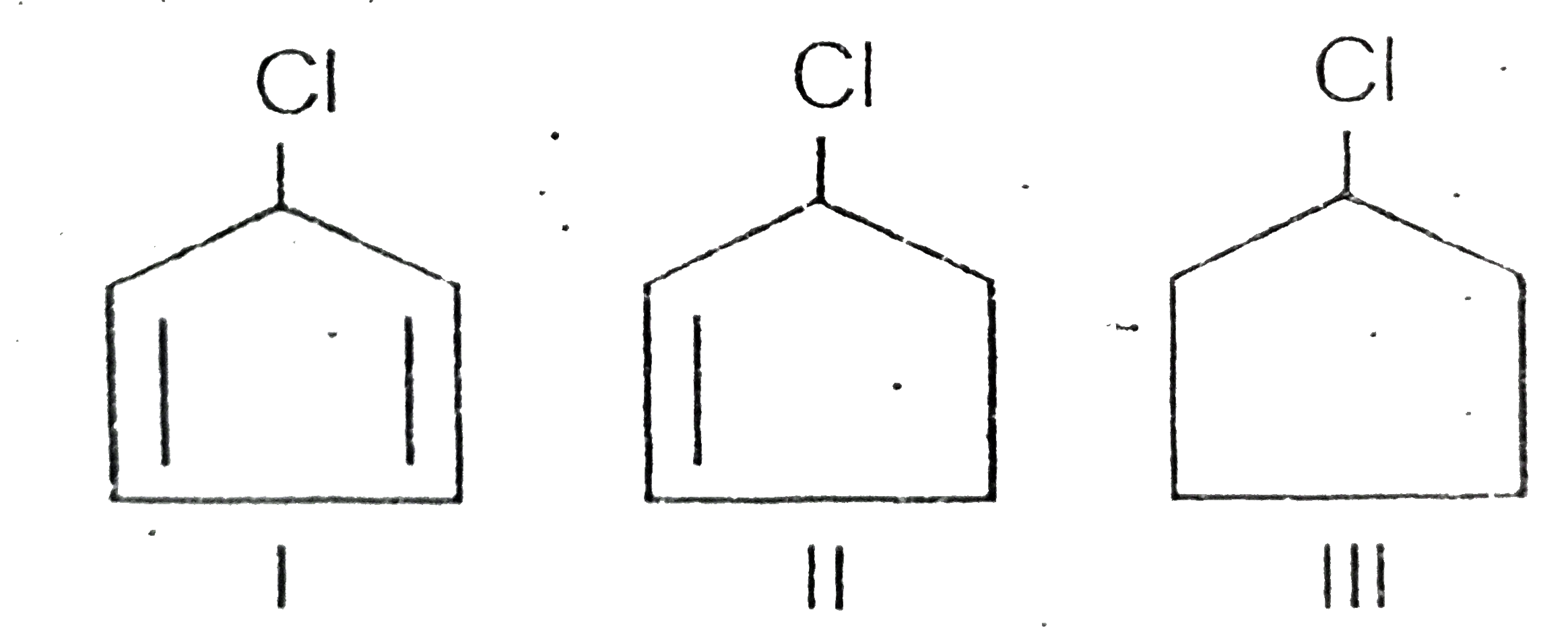
The correct order of reactivity of chloride isView Solution

